Plumeria plants are a beautiful addition to any garden, but with their stunning blooms come the risk of plumeria stem rot. This disease can quickly destroy your plumeria plants, leaving them wilted, discoloured, and dead.
Rot Plumeria stem is caused by a fungus that attacks the plant’s vascular system, preventing it from transporting water and nutrients to the rest of the plant. If left untreated, plumeria stem rot can spread quickly throughout your garden, infecting other plants and causing significant damage.
Here we will explore the causes, symptoms, and treatment options for plumeria stem rot. We will discuss the importance of diagnosing the disease early and implementing a plan to prevent its spread.
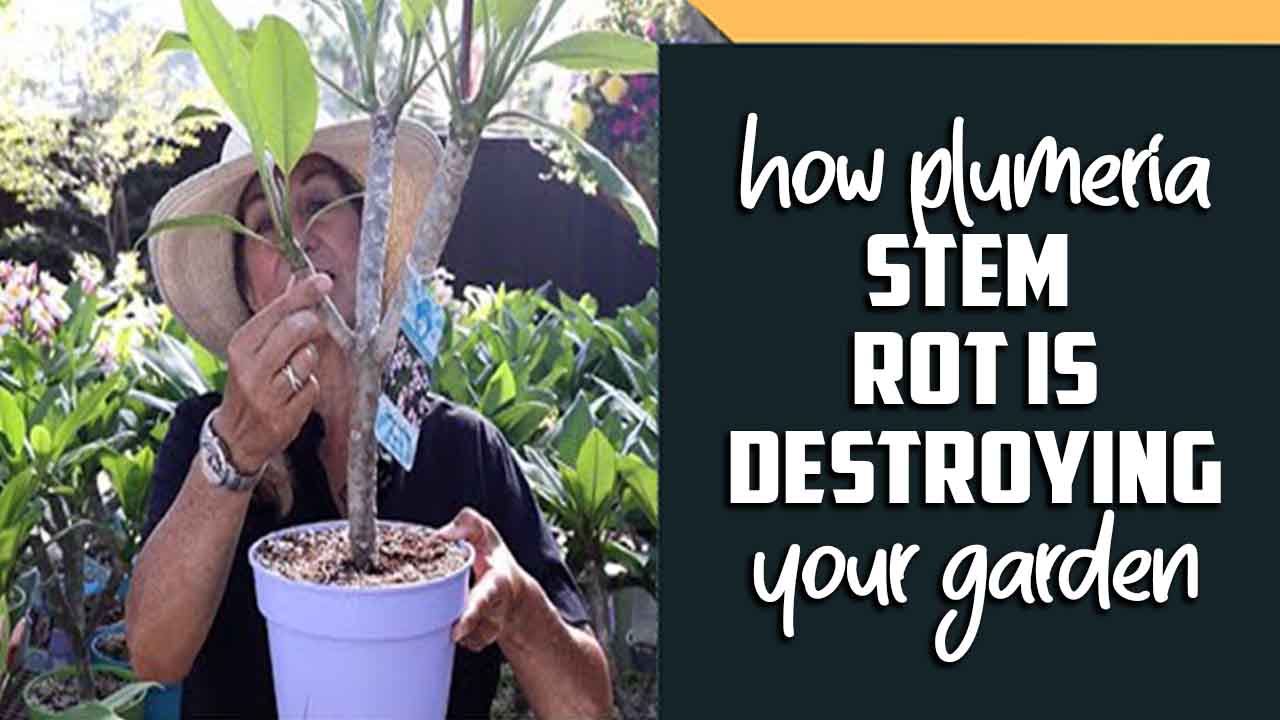
How To Prevent And Treat Plumeria Stem Rot – Step By Step Guide
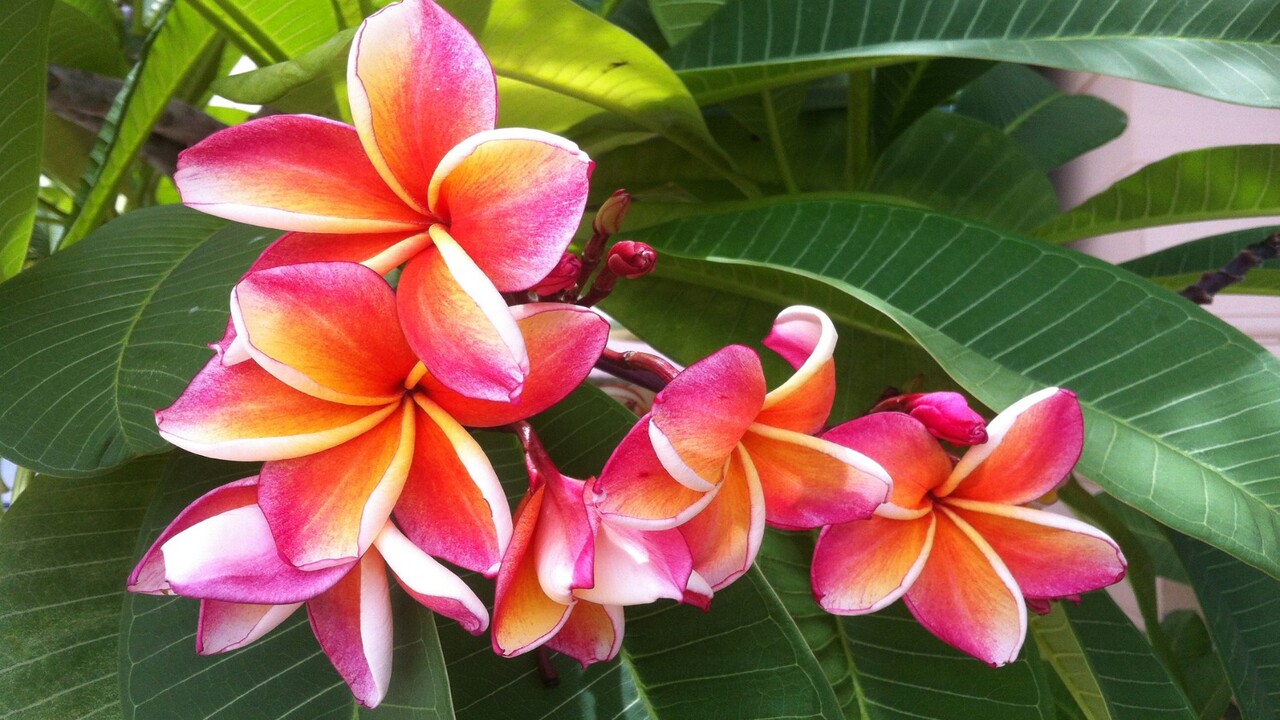
Preventing and treating plumeria stem rot hinges on eliminating the conditions conducive to fungal infection. The best way to prevent it is to ensure the plant is planted in well-draining soil, with plenty of organic matter, and in an area that does not have standing water.
1.Proper Drainage
Proper drainage prevents plumeria stem rot, a common fungal disease affecting plants. When the soil lacks proper drainage, excess water accumulates around the roots, leading to the rotting of the stem. To avoid this, ensure that the planting medium allows water to drain freely and does not become waterlogged. Use a well-draining soil mix containing perlite, sand, or vermiculite.
Additionally, consider incorporating a layer of gravel or rocks at the bottom of the pot or planting area to facilitate water drainage. It’s also important to avoid overwatering and to allow the soil to dry out slightly between waterings. By implementing these drainage measures, you can significantly reduce the risk of plumeria stem rot and promote the health and longevity of your plants.
2.Healthy Soil
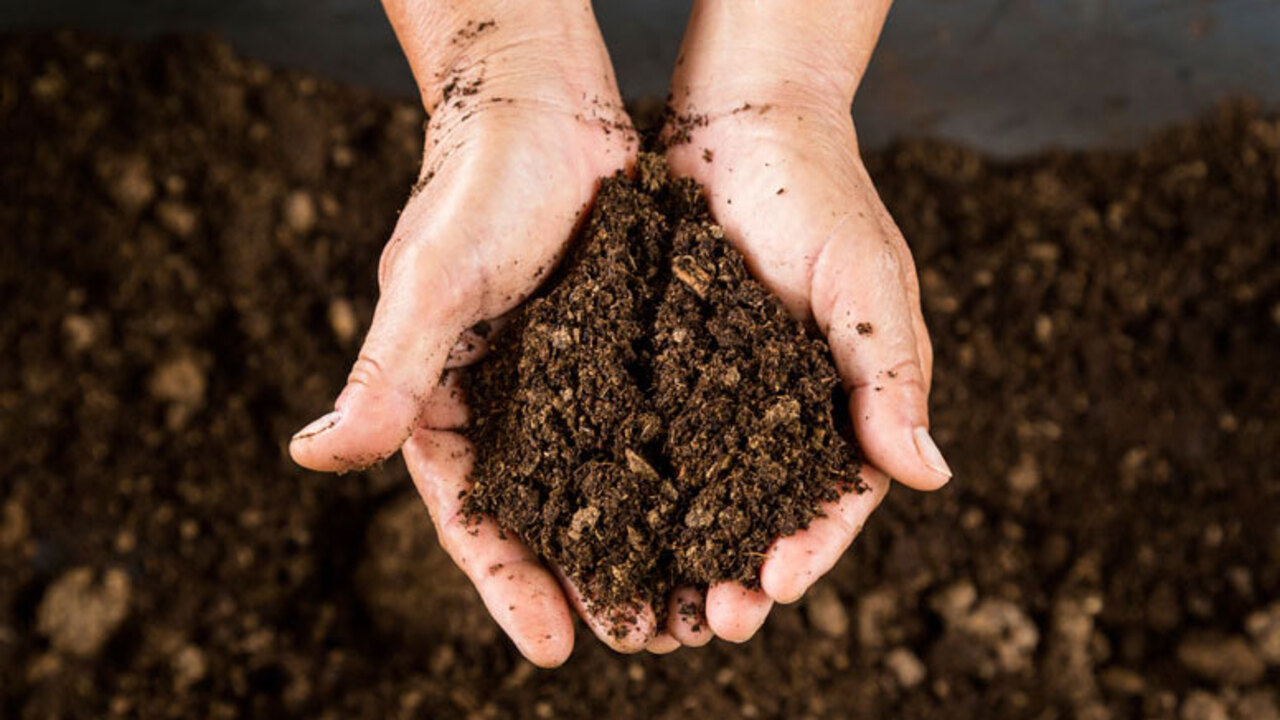
Healthy soil prevents plumeria stem rot, a fungal disease that can damage the plant’s stems and roots. To maintain healthy soil, several practices are recommended. First, ensure proper drainage to prevent waterlogging, as excessive moisture can promote rot. Additionally, avoid overwatering and allow the soil to dry out between waterings.
It is also beneficial to incorporate organic matter, such as compost or well-rotted manure, into the soil to improve its structure and fertility. Regularly monitoring and adjusting the soil’s pH level is essential, as plumerias prefer slightly acidic conditions. Finally, practising crop rotation and avoiding planting plumerias in the same location year after year can help prevent the buildup of pathogens in the soil.
3.Watering Practices
Watering practices play a crucial role in preventing plumeria stem rot. Overwatering is a common mistake that leads to root rot and eventually affects the stem. Plumerias prefer well-draining soil, so ensuring water doesn’t accumulate around the roots is essential. Allow the soil to dry slightly between waterings, but don’t let it become bone dry.
Water deeply but infrequently, providing enough moisture to penetrate the root zone without causing excessive dampness. Consider using a moisture meter to gauge the soil’s moisture content accurately.
Additionally, avoid watering the foliage, as wet leaves create an environment conducive to fungal growth. Proper watering practices and good soil drainage will help prevent plumeria stem rot and promote a healthier and more vibrant plant.
4.Pruning And Sanitation
Pruning and sanitation are crucial for managing plumeria stem rot, a destructive disease that affects plants. It involves the removal of infected or dead stems, leaves, and flowers, which helps to eliminate the primary sources of the disease and prevents its spread. Making clean cuts using sterilized tools is essential to avoid further contamination.
Sanitation involves maintaining a clean growing environment by removing fallen leaves and debris, as they can harbour disease-causing pathogens. Regularly disinfecting tools and equipment, such as pruning shears, with a bleach solution can also minimize the transmission of the disease.
By employing proper pruning techniques and practising good sanitation, plumeria enthusiasts can effectively manage and reduce the impact of stem rot, promoting healthier and more vibrant plants.
5.Air Circulation
Air circulation plays a crucial role in preventing plumeria stem rot. Plumeria plants are susceptible to this fungal disease, and poor air circulation can exacerbate its spread. Adequate airflow helps to minimize moisture buildup, a primary factor contributing to the development of rot.
When air circulates freely around the plant, it helps to dry out excess moisture on the stems, leaves, and soil surface, reducing the favourable conditions for fungal growth.
Pruning the plumeria tree to encourage better air movement is advisable. Additionally, spacing plants apart and avoiding overcrowding allows for better air circulation. Consider placing the plumeria in an open area with good ventilation or using fans to enhance airflow. Implementing these measures can significantly decrease the chances of stem rot and help maintain the health of your plumeria plant.
6.Fungicides
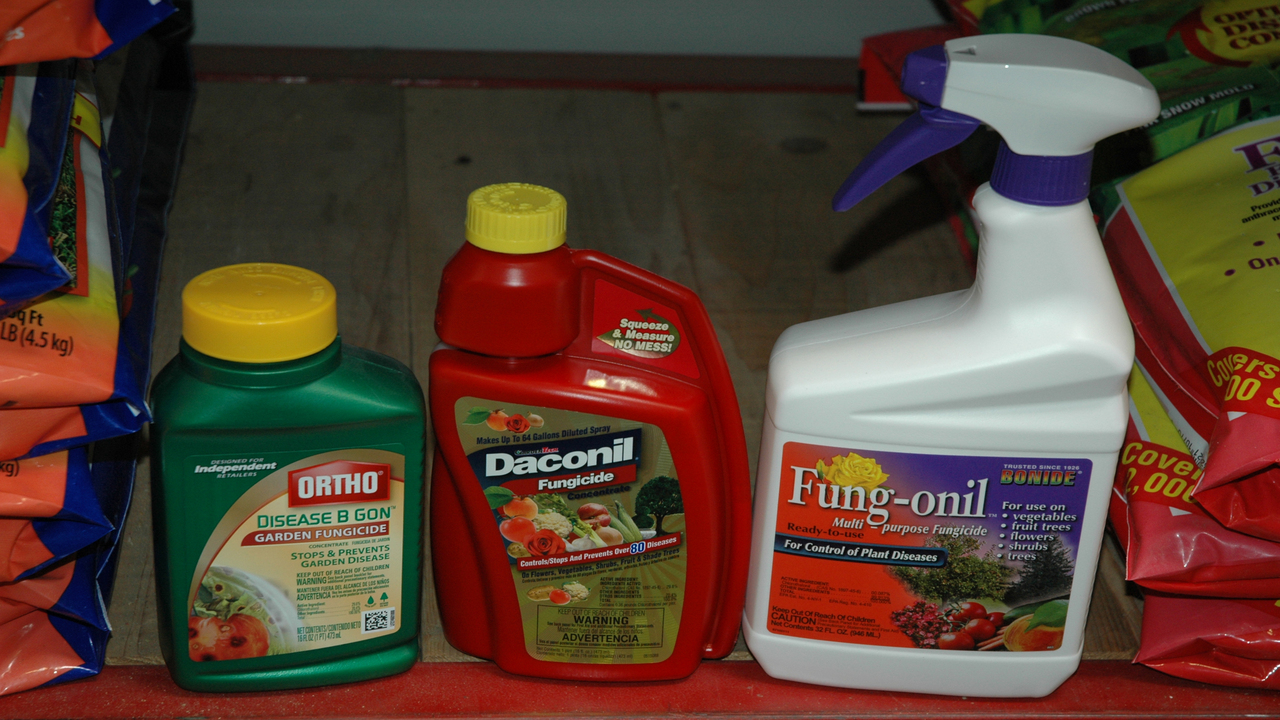
Fungicides are crucial in managing plumeria stem rot, a common fungal disease affecting plumeria plants. Stem rot, caused by pathogens like Phomopsis and Phoma, can lead to stem discolouration, wilting, and ultimately plant death.
Fungicides formulated to control fungal infections can help prevent and manage plumeria stem rot. Systemic fungicides, such as those containing thiophanate-methyl or myclobutanil, are often effective against stem rot pathogens.
The plant absorbs these fungicides and protects within. Contact fungicides, like copper-based products, are also helpful in controlling the disease by creating a protective barrier on the plant surface.
Applying fungicides as a preventive measure during the growing season and following label instructions carefully can help mitigate the impact of plumeria stem rot and maintain the health of these beautiful flowering plants.
7.Quarantine New Plants
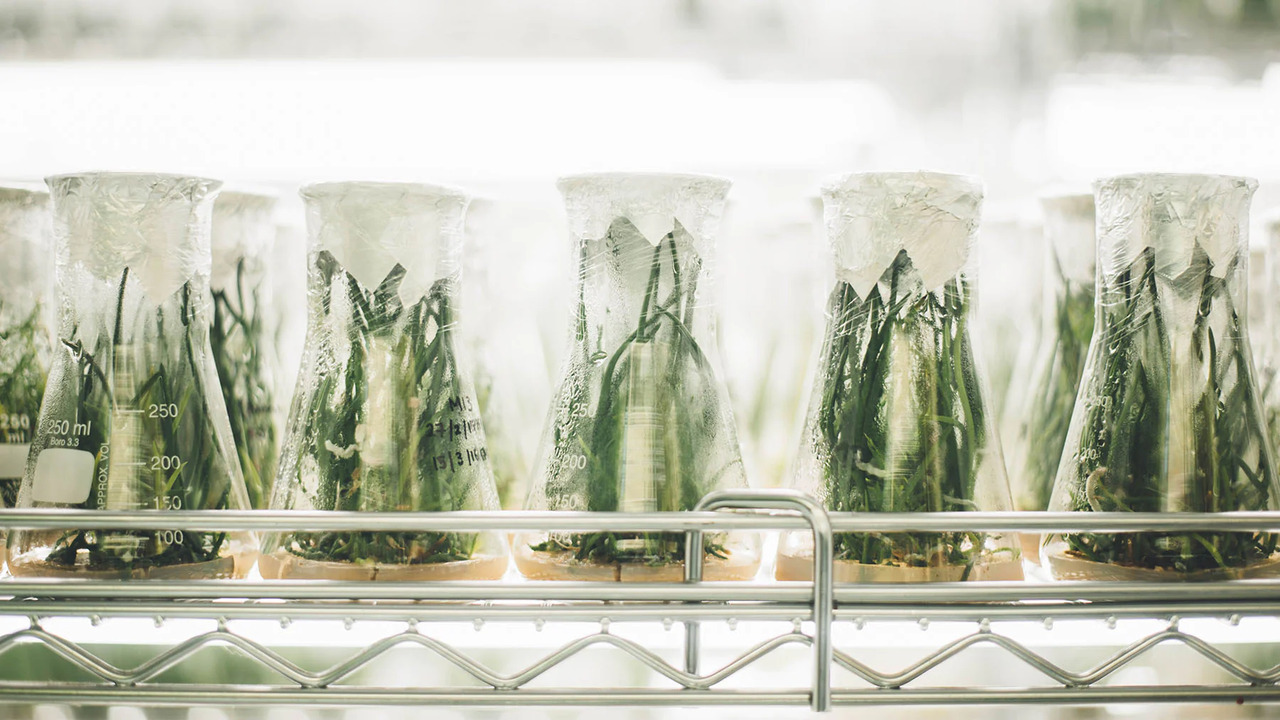
Plumeria stem rot can be a common problem during quarantine for new plants. Stem rot, caused by fungal pathogens, can occur when plants are stressed or subjected to excessive moisture. Providing proper care and conditions for your plumeria plants is crucial to prevent this issue. Start by ensuring well-draining soil and allowing it to dry between waterings. Avoid overwatering or keeping the plant in constantly damp conditions.
Additionally, quarantine new plants in a separate area to prevent the spread of any existing pathogens. Inspect the stems regularly for signs of rot, such as discolouration or softening.
If stem rot is detected, remove the affected parts immediately and treat them with a fungicide to control the spread. Proper quarantine measures and attentive care can help protect your new plants from plumeria stem rot.
8.Avoid Excessive Fertilization
Excessive fertilization can lead to plumeria stem rot, where the plant’s stems become weakened and prone to decay. It occurs when excessive fertilizer is applied, causing an imbalance in nutrient levels and damaging the plant’s roots. To avoid this, it is crucial to follow proper fertilization practices. Use a balanced fertilizer formulated explicitly for plumeria, applying it sparingly and according to the recommended dosage.
Avoid over-fertilizing, as it can create an excessive buildup of salts in the soil, hindering nutrient absorption and promoting rot. Additionally, ensure proper drainage to prevent waterlogging, which can exacerbate the problem. Regularly monitor the plant for signs of stress, such as yellowing leaves or softening stems, and take prompt action to rectify any issues.
9.Winter Protection
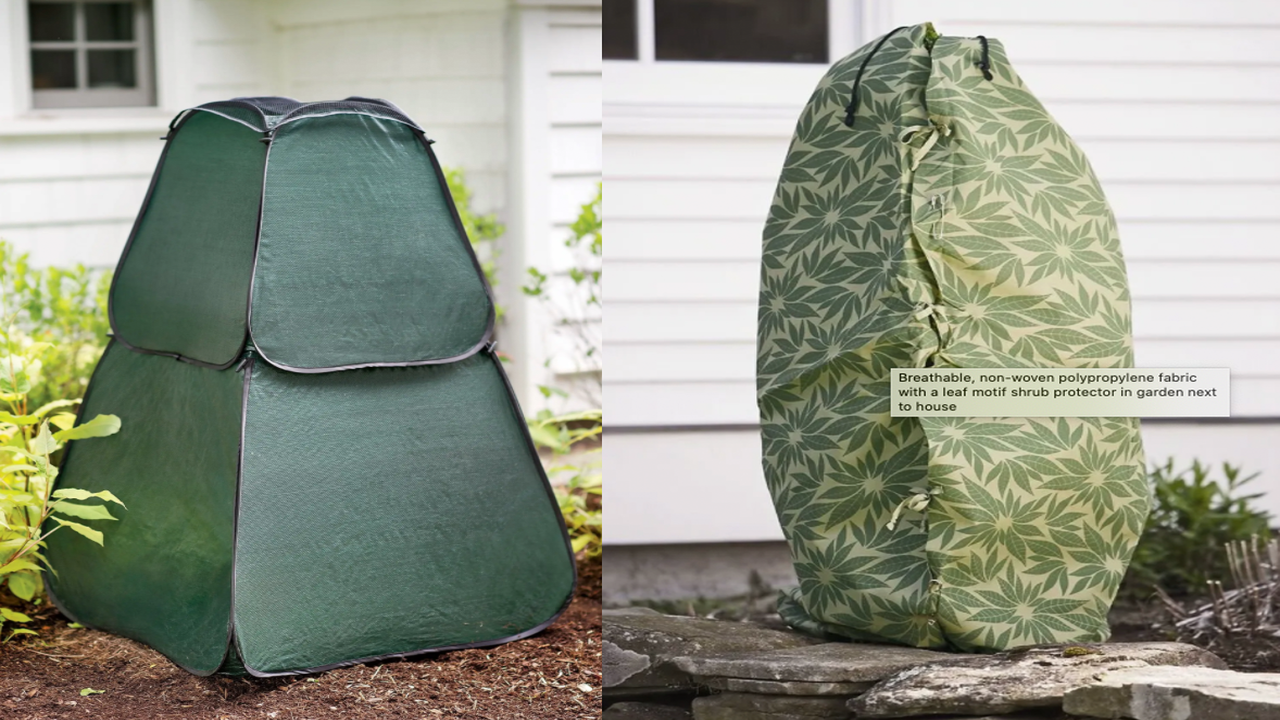
Winter protection is crucial for preventing plumeria stem rot, a fungal disease that can damage plants. To protect plumeria during the winter months, several measures can take. First, ensure the plants are kept in a well-drained location, as excess moisture promotes rot. Before winter sets in, stop watering the plant to reduce moisture levels.
Next, provide a protective barrier such as a frost cloth or mulch around the base of the plant to insulate it from cold temperatures. Additionally, consider moving potted plumeria indoors to a cool and well-lit area, away from drafts. Finally, monitor the plants regularly and promptly remove any infected or damaged parts to prevent the spread of disease.
Plumeria Stem Rot Is Destroying Your Garden
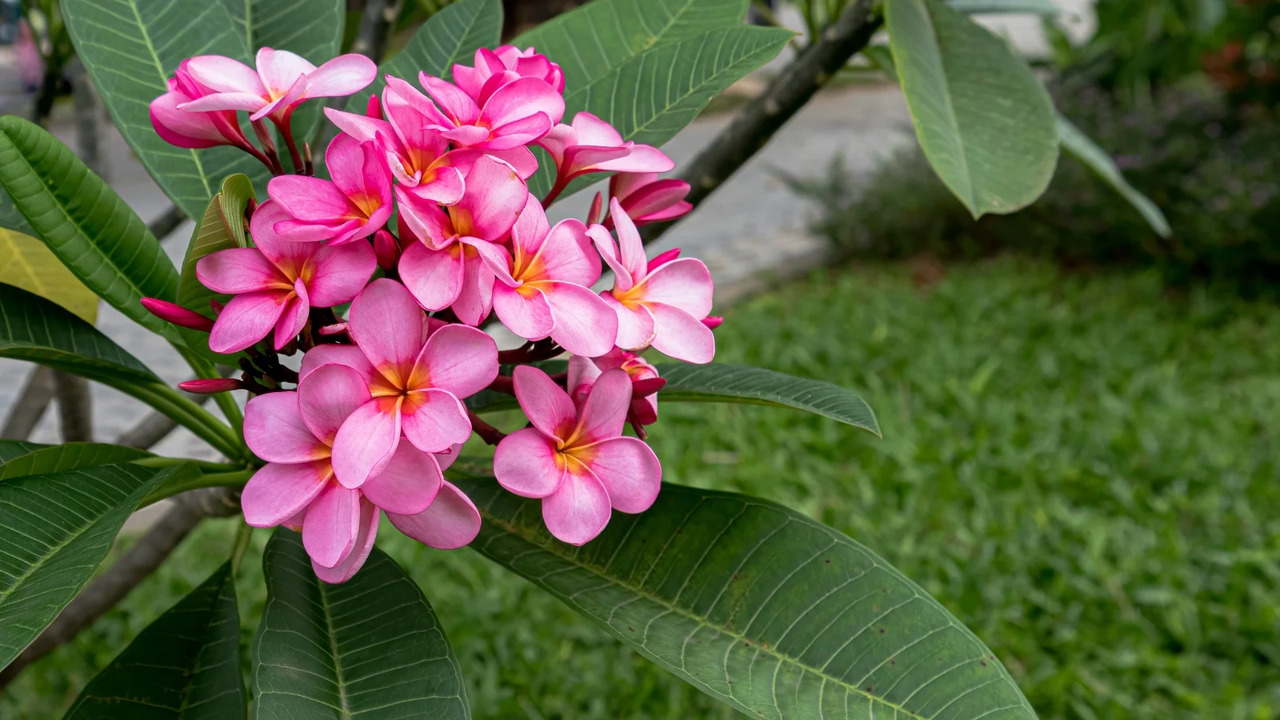
Plumeria stem rot can be devastating for any garden enthusiast. The fungus infects the plant’s stems, causing them to rot and ultimately killing the entire plant. The damage is easily noticeable as the leaves turn yellow and drop off, leaving behind a lifeless stem.
The disease spreads quickly, infecting neighbouring plants and wreaking havoc throughout the garden. It is essential to act promptly once the signs of stem rot appear. The best defence against plumeria stem rot is prevention. It is recommended to plant plumeria in well-draining soil and avoid overwatering. Pruning infected stems and leaves is crucial to stopping the spread of the disease.
Conclusion
Are you dreaming of a beautiful, lush garden full of Plumeria blossoms? Unfortunately, that dream might be coming to an end if Plumeria plagues your stem rot. This persistent plant disease is wreaking havoc on gardeners worldwide, leaving wilted blooms and dying plants in its wake.
Don’t let plumeria stem rot wilt your gardening dreams. With the right care and preventative measures, you can keep your flowers blooming and your garden thriving. Always maintain proper drainage, avoid overwatering, and regularly inspect your plants for signs of disease. By taking these steps, you’ll be on your way to a beautiful, bountiful garden that will make all your neighbours green with envy.
FAQ
[rank_math_rich_snippet id=”s-1e7e916c-dd31-4c88-a311-73fdbbdb8108″]

I am passionate about home engineering. I specialize in designing, installing, and maintaining heating, ventilation, and air conditioning systems. My goal is to help people stay comfortable in their homes all year long.
